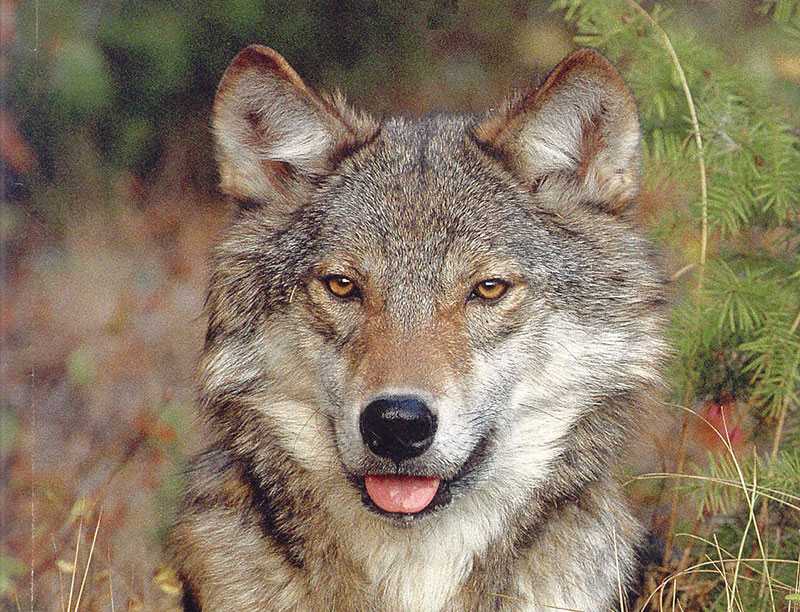 By Tyler Pruett
By Tyler Pruett
tyler@southerntorch.com
Many Dekalb County residents probably notice the ominous howling late at night. What many probably do not know is that what we typically identify as coyotes are actually a hybrid of a few different species. Coyote genes make up a large part in the DNA chain of the eastern coyote, or “coywolves” as they are being more commonly called, but these animals are also mixed with red wolf. The red wolf once freely roamed the forests from the Mississippi River to the Atlantic Ocean. As Europeans began to settle in the new world, they slowly eradicated the majority of their population. By the 1950’s, the red wolf only existed in small numbers in the coastal region of Louisiana and East Texas. During the period of time that the these wolves were being driven to near extinction, coyotes adapted and spread east from their natural habitat. While human settlement was so detrimental to the red wolf population, the western coyote thrived off of it; using roads and bridges to cross obstacles and inhabit eastern forests. Along the way, the coyotes cross-bred with the red wolf, creating the hybrid known as the coywolf.
While most of the new breed’s DNA makeup is both wolf and coyote, a small part is also dog. Genetic testing indicates that the average make up of a coywolf is a quarter red wolf and a tenth canine, with the remainder being obviously coyote. The two separate breeds also combined with some stray canines. This further allowed it to move east, as the dog characteristics gave the coywolf a decreased fear in humans. The new breed has even been found living in urbanized areas such as Boston and New York. The relative explosion of this new species has surprised wildlife experts who have studied the new animal, as it normally takes thousands of years for new species to emerge. Roland Kays of North Carolina State University, in an interview with The Economist called it an, “amazing contemporary evolution story that’s happening right underneath our nose.”
The coywolf is not currently an official species, that could change in the future. While they retain many “wolflike” traits, most are not easily distinguishable by appearance from a purebreed western coyote. Coywolves posses longer legs, a larger, more powerful jaw, smaller ears, and a bushier tail. The howling we hear at night is even a sign of their wolf traits. Pure coyotes are mostly loners; spending most their time hunting alone and only howling for mating and when in distress. The hybrids that we hear communicate frequently and maintain loose packs, more like traditional wolves. And while they may sound erie, coywolves are still frightened of humans. Although they can be a danger to pets late at night, especially smaller dogs. According to Kays, we can’t expect the howling to stop anytime soon, as their population, “now numbers in the millions.” While having a more evolved predator in their backyard may be unnerving to some, it’s an interesting story on how an almost extinct species can find a natural way of living on.





